
The Globel Market refers to the interconnected network of economic activities and transactions that occur across international borders, encompassing the exchange of goods, services, capital, technology, and labor. It represents the integration of national economies into a single, dynamic system driven by trade, investment, and cultural exchange.The global market is a complex, evolving ecosystem shaped by collaboration and competition among nations, corporations, and consumers. Its resilience and challenges highlight the interdependence of modern economies, driven by innovation, policy, and the pursuit of shared prosperity. Below is a structured overview:
Key Components of the Global Market
1.Goods and Services:
- Goods: Physical products like machinery, electronics, and agricultural commodities traded internationally.
- Services: Includes sectors such as finance, tourism, education, and IT services (e.g., software outsourcing).
2.Financial Markets:
- Stock exchanges, bond markets, and foreign exchange (Forex) markets where currencies, stocks, and derivatives are traded globally.
3.Labor and Talent:
- Cross-border employment, remote work, and migration of skilled workers.
- Outsourcing and offshoring of jobs (e.g., manufacturing in Asia, call centers in India).
4.Multinational Corporations (MNCs):
- Companies like Apple, Toyota, and Samsung operate production, sales, and R&D in multiple countries.
5.Global Supply Chains:
- Complex networks linking raw material suppliers, manufacturers, and distributors worldwide (e.g., smartphone components sourced from multiple countries).
Influencing Factors
- Trade Policies: Tariffs, quotas, and agreements (e.g., USMCA, EU single market).
- Economic Indicators: GDP growth, inflation, and unemployment rates across nations.
- Geopolitical Events: Wars (e.g., Russia-Ukraine conflict), sanctions, and diplomatic relations.
- Technology: Digital platforms (Amazon, Alibaba), blockchain, and AI enabling global transactions.
- Sustainability: Shift toward green energy and ESG (Environmental, Social, Governance) investing.
Size and Metrics
- Global GDP: ~$105 trillion (2023 estimate).
- International Trade Volume: Exceeds $32 trillion annually (goods and services combined).
- Financial Markets: Global stock market capitalization reached ~$110 trillion in 2023.
Major Players
- International Organizations: WTO (regulates trade), IMF (financial stability), World Bank (development funding).
- Regional Blocs: EU, ASEAN, African Union.
- Currencies: Dominance of the US Dollar (USD) in trade and reserves.
Challenges
- Protectionism: Trade wars (e.g., U.S.-China tariffs) and “reshoring” trends.
- Supply Chain Disruptions: COVID-19 pandemic, semiconductor shortages.
- Inequality: Wealth gaps between developed and developing nations.
Trends (2025s)
- Digital Transformation: E-commerce growth, cryptocurrencies.
- Decarbonization: Renewable energy investments and net-zero pledges.
- Geopolitical Shifts: Rise of emerging markets (India, Southeast Asia) and economic decoupling.


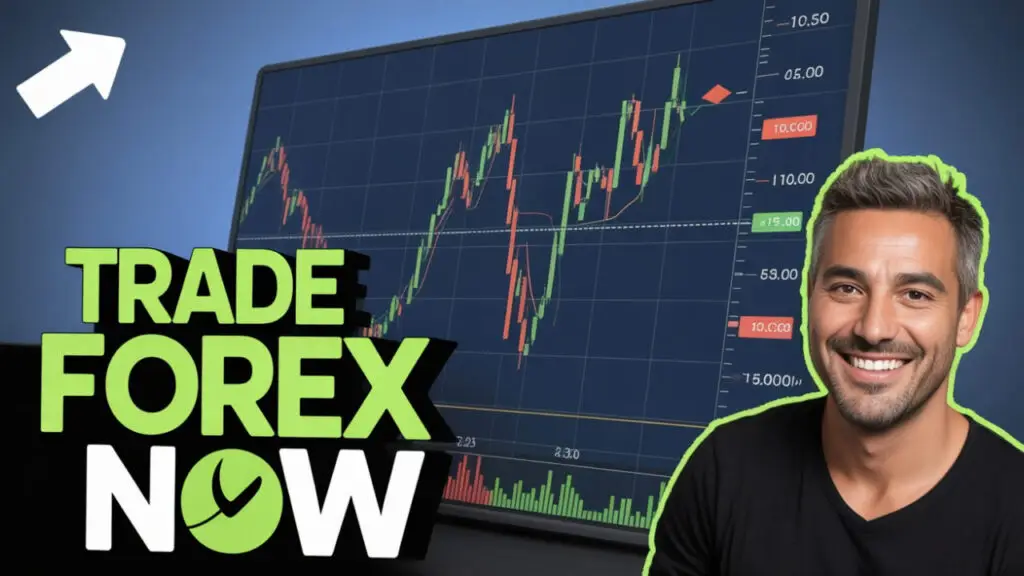
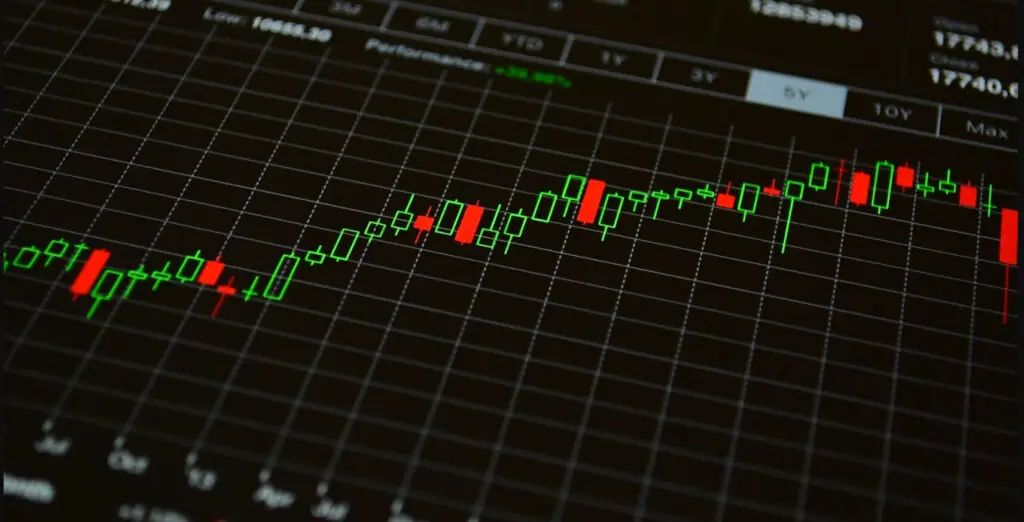
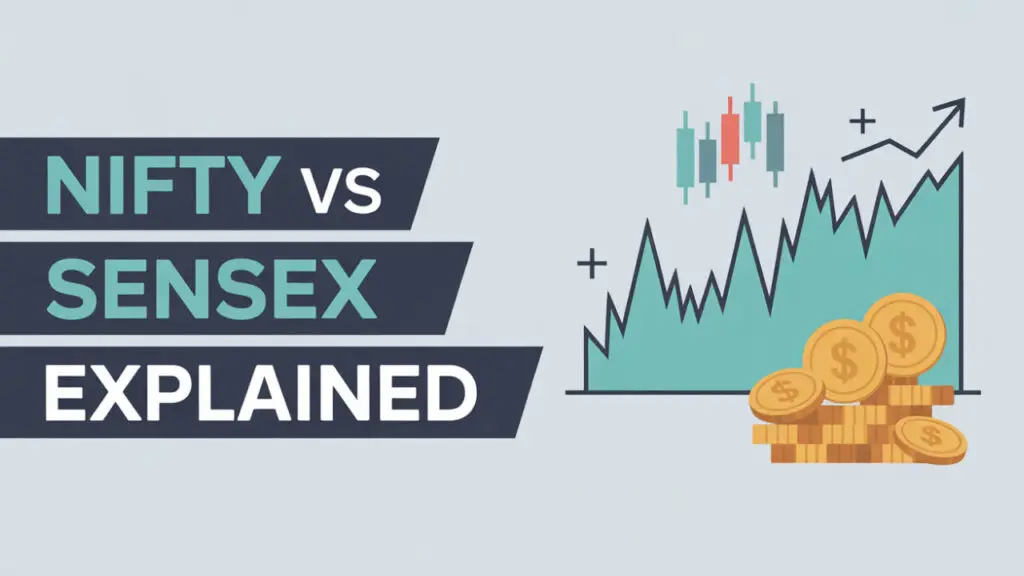
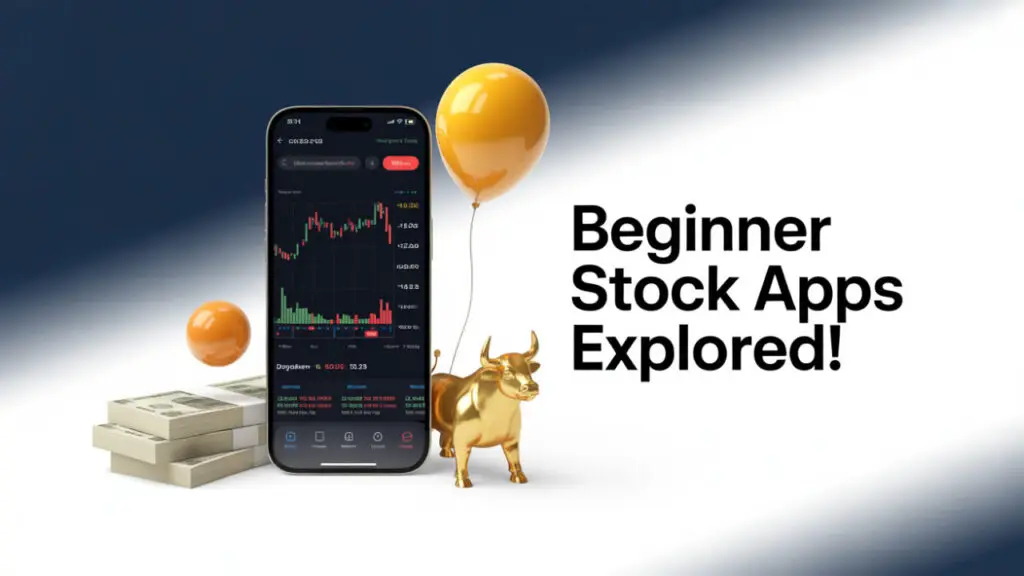
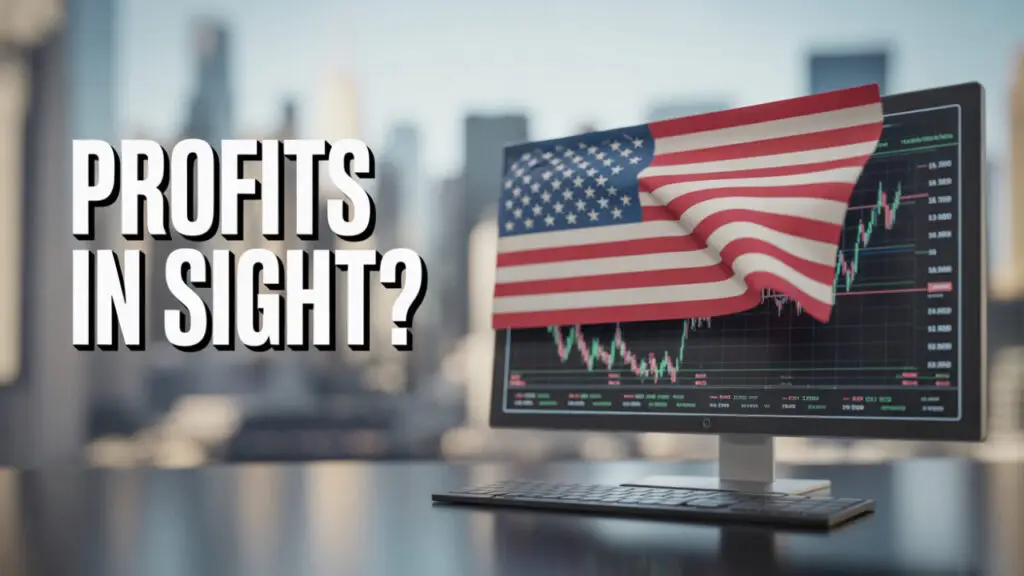


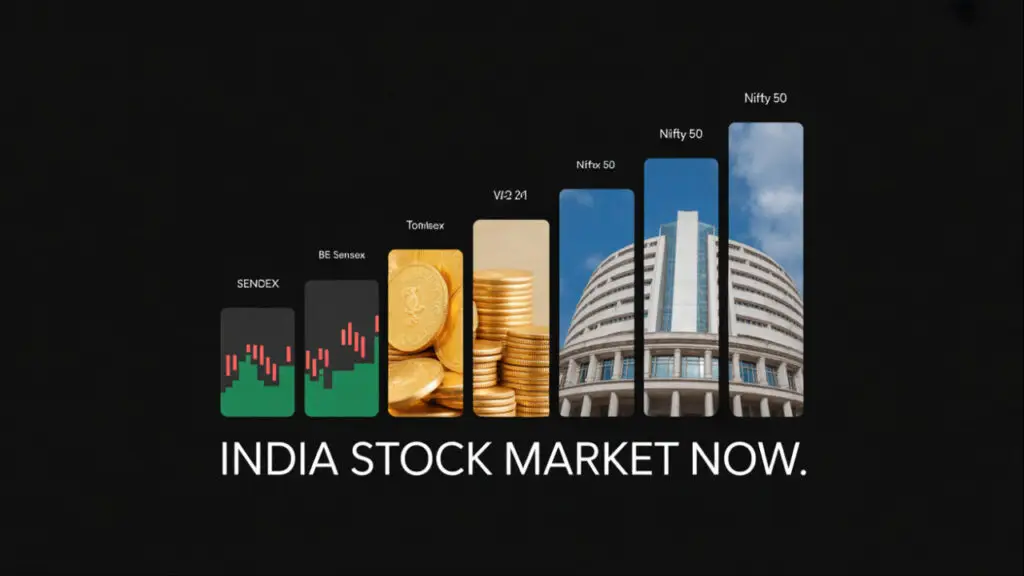
Leave a Reply